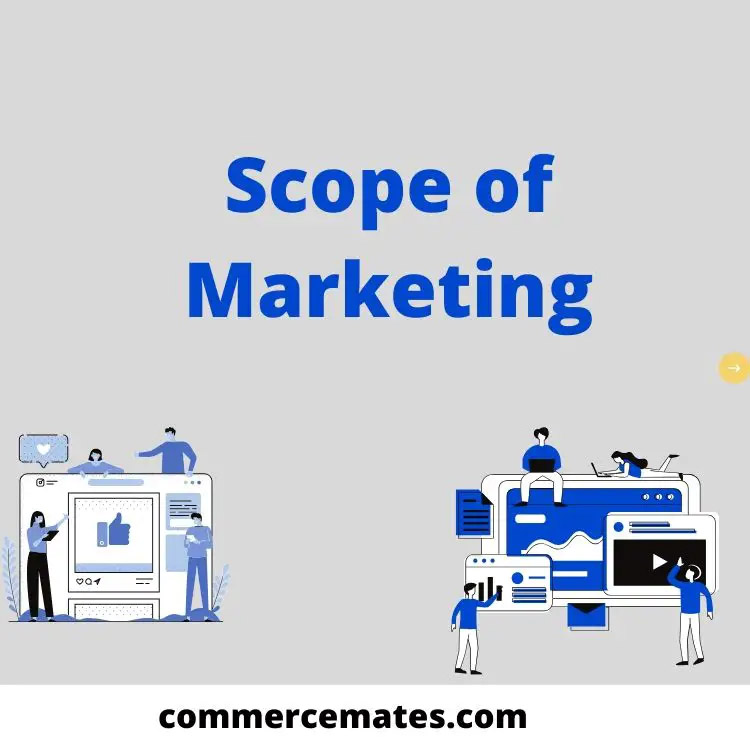Advertising Industry: A Quick Overview

Advertising has become an integral part of our modern world, shaping the way we perceive products, services, and even ideas. It’s an ever-evolving field that has immense power in influencing consumer behavior and driving economic activities.
- Flexibility: The industry of advertisement changes according to technological movements and satisfies various business needs.
- Consumer Behavior: Advertising greatly influences consumer behavior, building choices about purchases.
- Economic Activity Driver: Advertising boosts the economy by increasing sales and expanding business ventures.
- Versatility: The industry encompasses a wide range of sectors from medical and health to recreation and entertainment.
- Creative Storytelling: Advertising reaches audiences through engaging stories and emotional relationships.
Nature of Advertising
Advertising is the planning process of communicating about products, services, or ideas to a specific target audience. It acts as a mediator between a business and customers, generating awareness and loyalty towards a brand.
- Creativity: Advertisement is not just an announcement but the strength of creativity in narration.
- Psychological Influence: Advertisers tap into feelings and desires, influencing consumer choices.
- Diverse Mediums: Print, television, radio, digital outlets, and social media are all utilized for reaching consumers.
- Engagement: Advertising builds an emotional bond between consumers and brands, fostering long-term loyalty.
- Global Reach: Advertisement has surpassed boundaries, allowing businesses to reach a global audience.

Scope of Advertisement
There is a broad scope of advertisement, ranging from industries to products, services, and social causes. With advancing technology, advertisers have become more skillful in targeting audiences precisely.
Scope Includes:
- Product Launching: Advertising helps businesses launch new products into the market.
- Brand Upliftment: It upholds existing brands and keeps them relevant.
- Cross-Border Campaigns: Digital advertising enables companies to undertake campaigns across regions.
- Analytics: Advertisers can effectively reach the right target market using data and analytics.
- Newer Tools: Programmatic advertising automates ad placements, increasing efficiency.
Functions of the Advertising Industry
The advertising industry plays key roles that help bring goods, services, and ideas before the public. These roles keep businesses competitive and aligned with market needs.
Main Functions:
- Transmitting Information: Advertisement informs consumers about new product and service releases.
- Persuasion: It appeals to emotions, winning consumers toward specific products.
- Consumer Education: Advertising educates consumers, helping them make informed decisions.
- Brand Loyalty: It reinforces brand recall and fosters loyalty in consumers.
- Market Competition: Advertising spurs competition among businesses, driving innovation.

Benefits of Advertising
Advertising provides financial benefits to businesses and consumers. It drives sales, fosters economic growth, and creates employment.
Benefits Include:
- Economic Growth: Advertising creates demand, leading to increased production and economic activity.
- Brand Development: It helps establish and strengthen brands, building customer loyalty.
- Competitive Advantage: Advertising gives businesses a competitive edge by highlighting unique product features.
- Consumer Awareness: It provides valuable information, helping consumers make informed choices.
- Cultural Influence: Advertising can shape social values and promote important causes.
Classification of the Advertising Industry
The advertising industry can be categorized into two broad types: consumer advertising and business-to-business (B2B) advertising. Each serves distinct purposes and targets different market segments.
Types of Advertising:
- Consumer Advertising: Targets individual consumers and impacts their purchasing decisions.
- B2B Advertising: Focuses on selling products or services to other businesses.
- Product vs. Service: Advertisements can be for tangible commodities or service-based offerings.
- Persuasion Ads: Aim to influence buyer decisions and prompt action.
- Reminder Ads: Help ensure brand recall and keep products top-of-mind for consumers.

Common Sectors in the Advertising Industry
The advertising industry caters to various business sectors, including retail, healthcare, entertainment, and more.
Key Sectors:
- Retail Advertising: Promotes products sold through physical stores or online platforms.
- Political Advertising: Enhances political campaigns by conveying agendas to voters.
- Healthcare Advertising: Raises awareness about health services and treatments.
- Entertainment Advertising: Promotes movies, TV shows, music, and live performances.
- Social Advertising: Increases awareness to encourage positive societal or environmental changes.
Impact of Digital Advertising
Digital advertising has revolutionized the way businesses promote products and services, offering precise targeting, cost-effectiveness, and real-time analytics.
Precise Targeting
- Digital advertising allows companies to reach specific audiences based on demographics, interests, and online behavior.
- This means you see ads that are more relevant to your interests, making your online experience more tailored and enjoyable.
Affordable for Businesses
- Small businesses can now compete with larger ones because digital ads are often more cost-effective than traditional forms of advertising like TV or billboards.
- This levels the playing field and encourages entrepreneurship.
Real-time Analytics
- Advertisers can instantly see how well their ads are performing—how many people see them, click on them, and even make purchases.
- This helps businesses adjust their strategies quickly for better results.
Convenient Shopping
- Digital ads make it easy for you to discover products and services.
- You can click on an ad and buy something right away or learn more about it without leaving your home.
Informed Decisions
- With digital ads, you can read reviews, compare prices, and learn about products before you buy.
- This helps you make better choices and get the most value for your money.

New Career Opportunities
- Digital advertising has created jobs in areas like social media management, content creation, data analysis, and more.
- This expands career options and offers opportunities for creative expression.
Global Reach
- Companies can now reach people all around the world, breaking down geographical barriers.
- You might discover products or services from other countries that you wouldn’t have known about otherwise.
Environmental Impact
- Digital advertising reduces the need for printed materials, which can help save trees and reduce waste, contributing to a more sustainable future.
Risk of Privacy
- Digital advertising collects data to show you relevant ads, but this can raise concerns about how your personal information is used.
- It’s important for companies to handle data responsibly.
Final Thoughts
Advertising plays a crucial role in influencing consumer behavior, boosting economic activity, and developing loyalty for brands. As technology continues to evolve, advertising has become more effective, targeted, and powerful.
Key Takeaways:
- Ubiquitous Solution Tool: Advertising is a flexible tool that caters to the needs of any industry, sector, or individual.
- Economic Activator: It boosts the economy by popularizing goods, services, and ideas.
- Creative Expression: Advertising is a creative medium with the power to shape attitudes and influence cultural life.
- Strategic Manipulation: Businesses can leverage advertising to improve sales and enhance brand visibility.
- Future Outlook: As digital formats continue to gain ground, so will the influence of the advertising industry.
